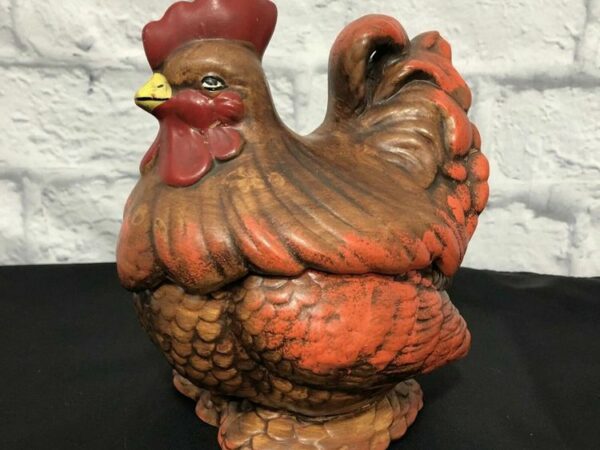Vintage coca cola machines are some of the staples from the 20th century that can never go out of style. Every store and supermarket today has an updated version of these coolers, and some people buy them for personal use at picnics, barbeque hangouts, and parties.
It helps that they’re not ridiculously expensive like most antique and vintage pieces.
An average Coca-Cola Machine costs $19.95 to $200 per Amazon, while vintage models on eBay sell from as low as $29.99 to as high as $8,100.
Whatever your intention for research, you’ve come to the right place for everything you can think of about vintage coke machines. First, let’s start with a brief history.
Table of Contents
History of Coca-Cola Machine

1910 saw the invention of the first ice vending machines, which contained only 12 bottles. By then, Coca-Cola had become a country favorite, having stolen people’s hearts in the 19th century.
Icy-O designed the first Coca-Cola machine in the 1920s, prompting companies to produce specialized bottle coolers. They soon became a hit, and by the 1920s, Coca-Cola introduced its first customized vending machine.
In 1928, Glascock Brothers designed the first electric machines but didn’t release them into the market until 1930. By 1937, the success of the company’s coolers led to the manufacturing of the Vendo Coke machines.
As the war progressed, the company pledged a free Coke supply to the American servicemen, and it became the official drink of the army.
The creation of Vendo in 1937 birthed the Coke vending machines, and in the 1940s, Cavalier introduced the C-27 and C-102 soda dispensers. The latter played into segregation by dispensing to Whites only on one side and Coloreds on the other.
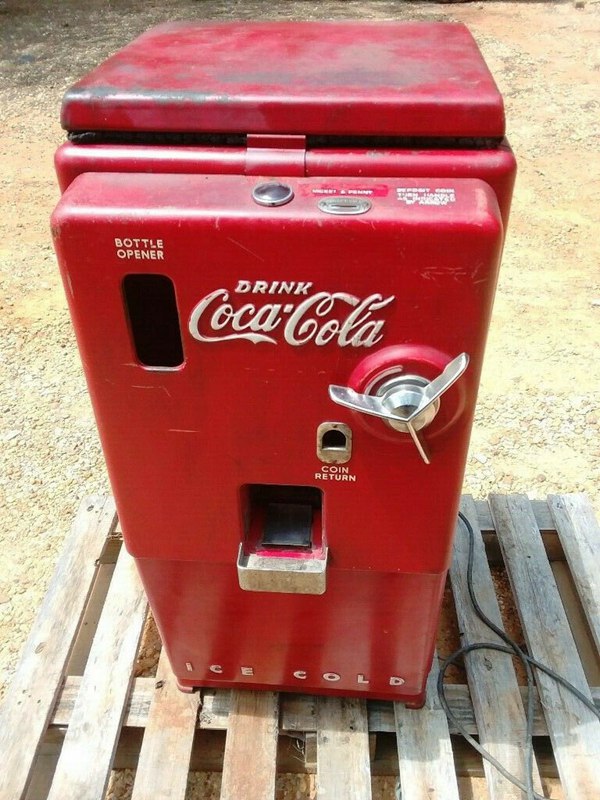
Postwar Coca-Cola Vending Coolers
The coin-operated Vendo machine was the first mass-produced Model (1952), while the V-83 electrical version engaged with the vending drum using a solenoid.
The 1950s soda boom also popularized carbonated drink dispensers, making them an American staple. Vendo’s two-tone red and white Model in 1955 was unlike the Ice Cold’s all-red design.
Types of Vending Machines
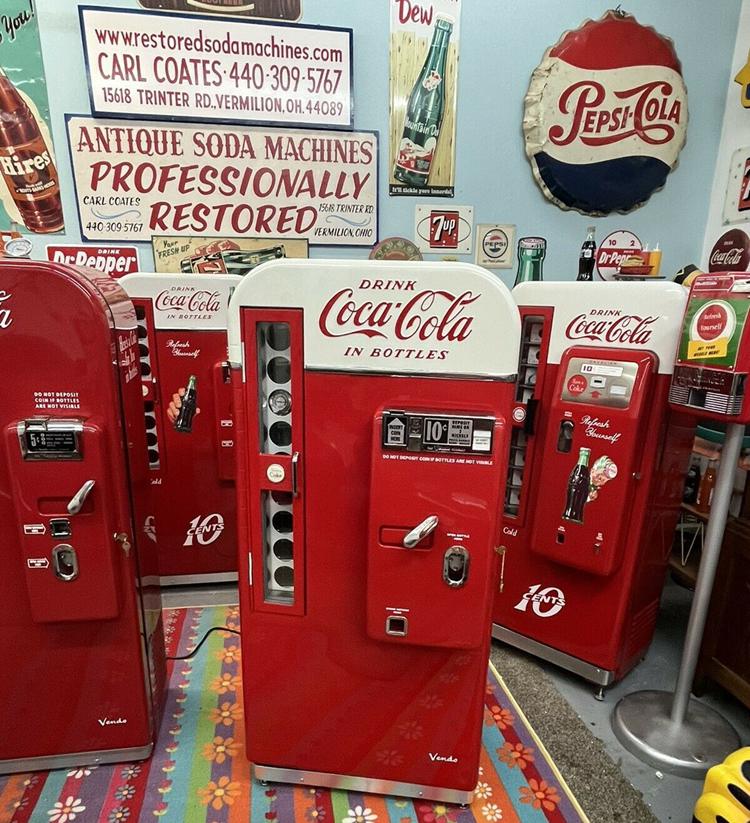
Machines dispensing items from drinks to snacks, food, and more have existed since Hero of Alexandria per Thought Co. The Greek mathematician designed the first “vending machine” to serve Holy Water to pilgrims and devotees.
Still, the first auto vender similar to the Coke vending machines came in the late 19th century.
That century introduced coin-operated vending machines, which produced items by slotting in nickels and dimes. Over time, companies started making vending machines for other popular items. Here are the most common types ever made.
Vintage Cigarette Vending Machines

William Rowe created the first Cigarette vending machine in America in 1926. Unfortunately, the age restriction on the purchase of cigarettes led to its dwindling, and in a short while, it was phased out.
Vintage Soda Machines
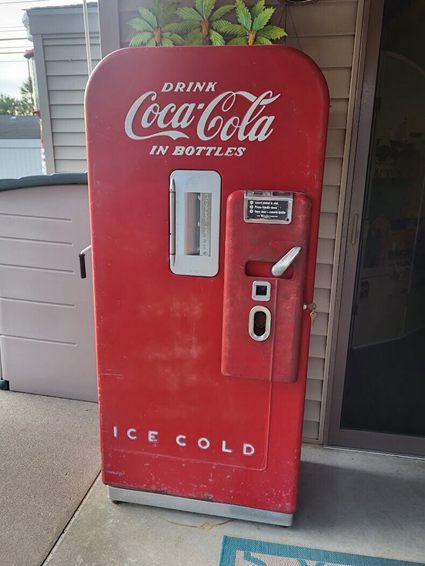
Vending soda machines had existed since the late 19th century when soda fountains started fading out. It started in Europe and spread to the USA after the prohibition.
By the first world war in 1918, Soda had become a popular drink. Corner stores (Bodegas) and supermarts then included self-service machines on their premises to dispense these contained drinks – in bottles and later cans.
How much is a soda machine worth?
The average soda machine costs about $600 – $1,500 on eBay. If it’s another big brand like Pepsi, it’ll cost you about $850.
Identification of Vintage Coca-Cola Machines
Because there are multiple styles and designs of vintage coca cola machines, it’s not easy to navigate as a new hobbyist. However, we’ve highlighted some of the most important details to help your search.
Identification by Serial Numbers
Grand America Jukebox has a comprehensive list of the Coca-Cola Vending machines’ serial numbers to help easily identify them. These vending machines came with metal ID tags containing serial and model numbers.
You’ll find it in the cabinet liners of the ’40s to early ’50s machines; however, on the ’52 to ’66 models, the tag is on the door hinge outside the cabinet in black and white.

The black and white tag also contains more information, including the charge, capacity, pH, and refrigerating unit.
Identification by Designs/Brands
Per Love to Know, over 80 companies manufactured vending machines between the 19th to 20th centuries leading to 600+ models. Here’s a comprehensive list of the most popular models by era.
The Pre-war Models
Here is one pre-war model you need to get familiar with;
Glascock Bros.

Before World War II, Glascock Brother designed the Junior and Standard Coke coolers. The Junior model suited people with limited shop spaces because they could sit on countertops or wall mounts without supporting caving.
On the other hand, the Standard Model, which held 36 bottles, weighed 500lbs. without content.
Wartime Models
Here we discuss the wartime coke machine models
Jennings (1935)
Jennings is another brand that came up during the Great Depression due to its partnership with the beverage company. In 1935, they formed a union with Coke and started creating vending machines for the beloved Soda and soft drinks.
Cavalier (1936)

Cavalier’s partnership with Coca-Cola Co. started at the tail of the Great Depression, with the Tennessee company exclusively manufacturing coolers, soda machines, and picnic chests. This partnership lasted until the late 1960s, when Cavalier became Seeburg.
Cavalier’s coke machine was the first dual dispenser design producing both bottles and cans from the same source.
Westinghouse (1935 – 1966)
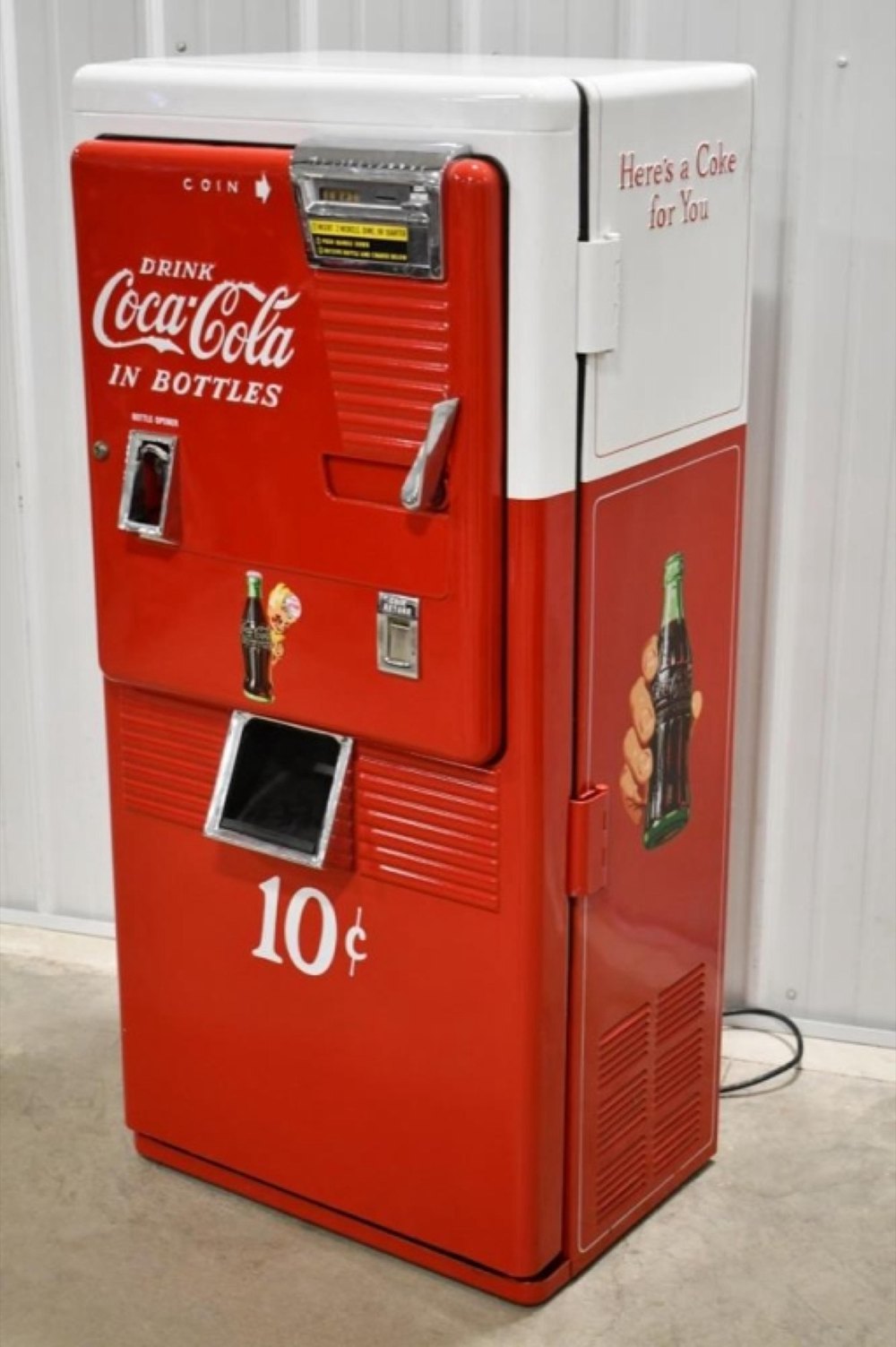
Westinghouse introduced horizontal coolers, which have now evolved into deep freezers of the present day. They were the first to forfeit the coin-operated mechanism, although the brand also has a vertical model with that system.
It opened easily with a lid on top of the machine that sometimes came with a key lock.
Unlike the Vendo machines, Westinghouse lacked Model No. You can use the Metal ID attached above the compressor on the back of the cabinet.
You’d typically see two letters with a number where the former means Westinghouse + type of cooling system and the latter indicates capacity.
So, W for Westinghouse, “E” for electric, “D” for Dry, and “H” for Horizontal, while the numbers range from 3 and above. A typical Metal ID reads thus; WE-12 – Westinghouse Electric Cooler holds 12 bottles.
Note that WC indicated a vertical cooler made before 1963 while those made after had WB meaning Westinghouse Beverage.
Vendo
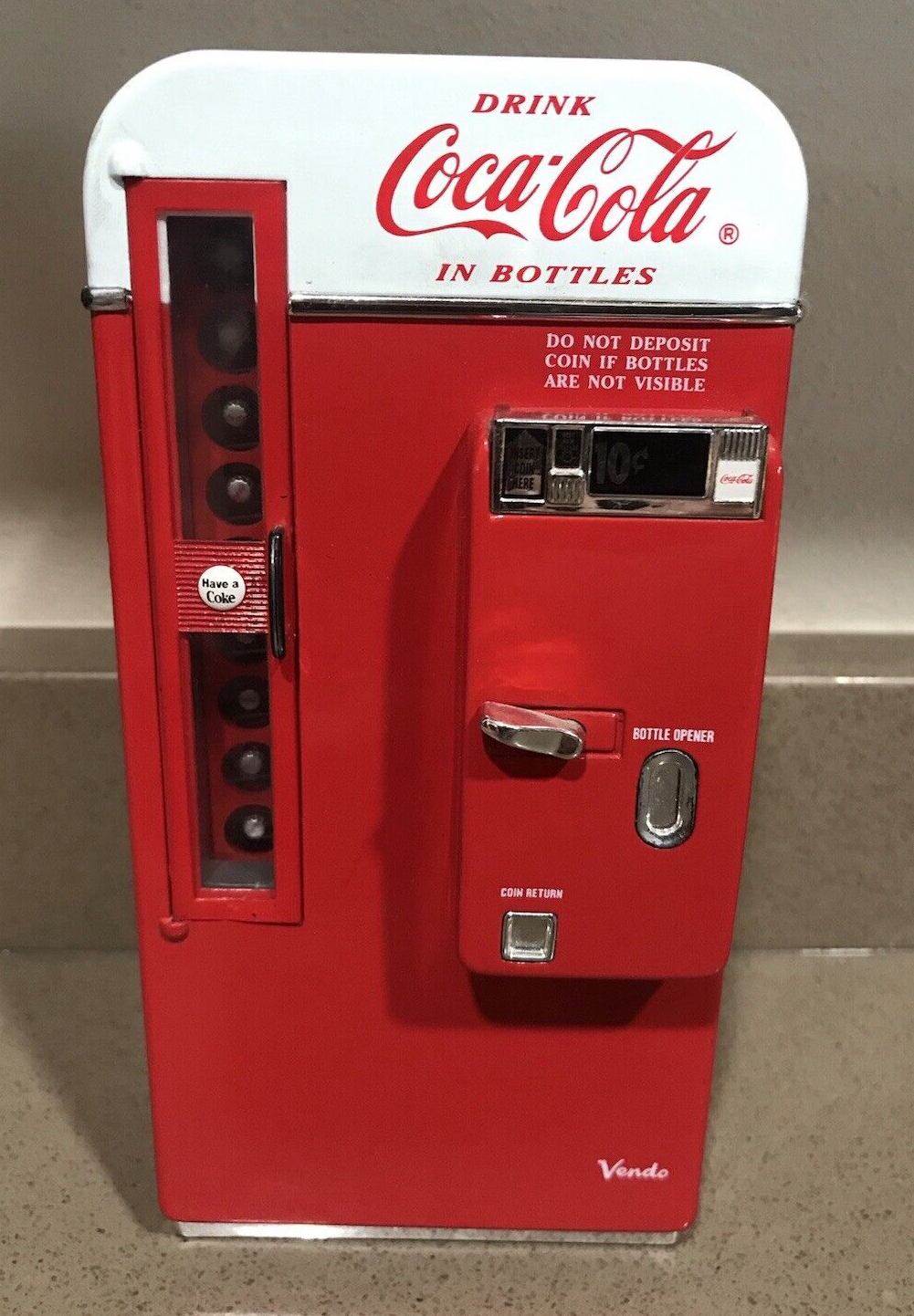
Vendo Co. changed the game when it came to Coca-Cola vending machines. The 1937 company designed different models in its lifetime, but the peak period was 1949 – 1957, and they remain the collectors’ favorites.
That era perfected the Vendo cooler models by creating machines with rounded tops and signature red & white colors. Pre-1955 models have plain red colors with Ice Cold written below the door in white, while the subsequent designs came in two tones.
In 1956, Vendo dumped the two-tone red and white coloring for a solid white iceberg top with red lettering, but the Vendo 83 stuck to a solid red with white lettering. Be careful because some companies repainted theirs, although you can easily identify the low-quality paint.
This era also introduced the flat top machines with the geometric style common in the mid-century to the late 1900s.
Postwar Models
Vendorlator a.k.a. VMC (1948 – the 1960s)
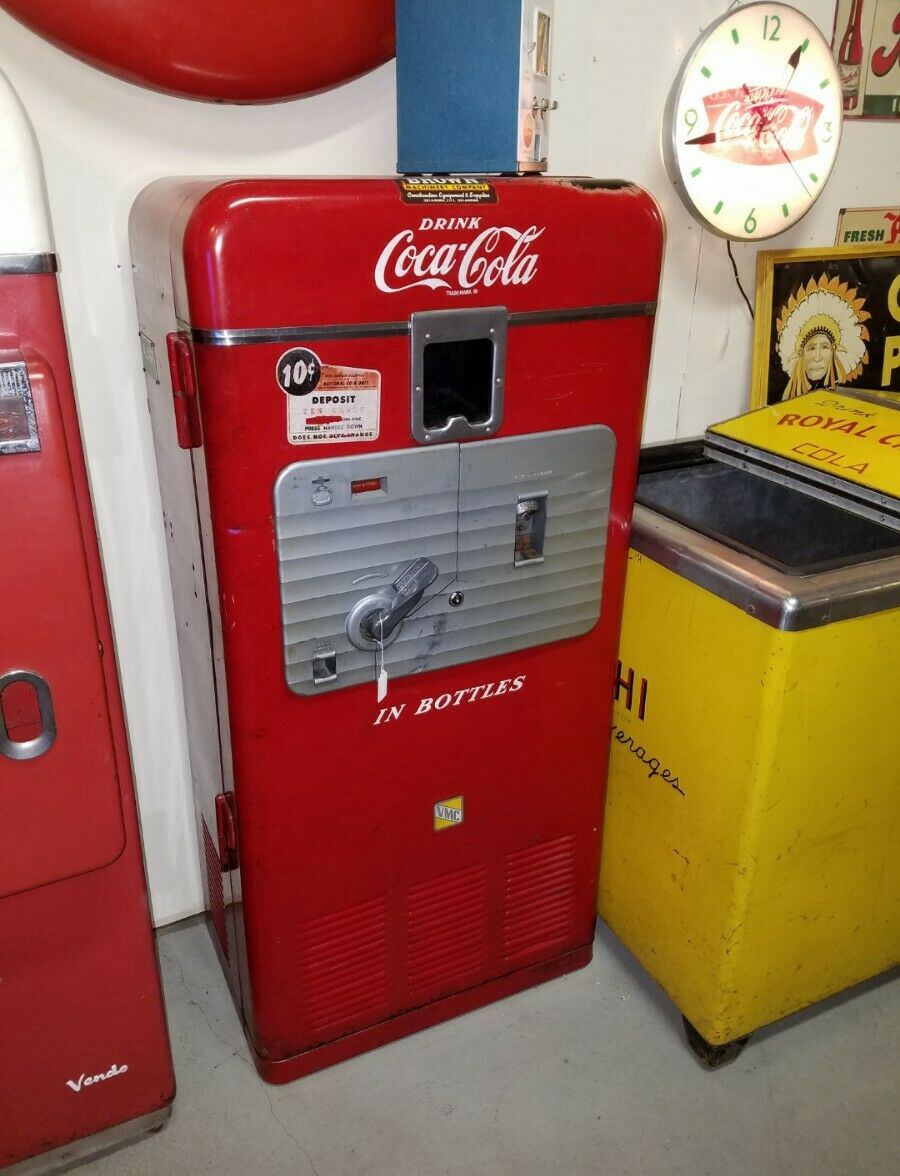
You can identify a postwar coca cola machine from a distance due to its distinctive features, such as the signature red and white colors. In 1956, Vendorlator launched the first two-toned machines.
The company merged with Vendo that year and rebranded its notable models under one new name – VMC / Vendo. This design is also different sizes, as with most soda vending machines.
Vendorlator machines have an ID tag containing the Serial and Model No. in black and silver on the back of the machine. It also included a brief description making it easy to identify in today’s world.
The VMC 44 is the smallest cooler, while the VMC 350 is the largest. Vendo also introduced a small-sized machine (V-44) to compete with the VMC 44. The Missouri company then made the Vendorlator the smaller alternative to the big vending machines.
Identification by Date
No. |
Brand Name |
Year |
1 |
Glascock Brothers Manufacturing Co. |
1928 – 1934 |
2 |
Jennings |
1935 |
3 |
Vendo Manufacturing Co. |
1935 – c. 1980s |
4 |
Cavalier Co. |
1936 – c. 1960s |
5 |
Westinghouse Manufacturing Co. |
1935 – 1966 |
6 |
Vendorlator Co. |
1948 – c. 1960s |
You can decipher a brand’s age authenticity by checking if it coincides with its launch and end. For instance, the Glascock Brothers launched in 1928, so they couldn’t have made any machine in the years before. Likewise, other brands as seen in the table above.
You can also compare the practices in each period with your particular Model, like knowing painted prices existed pre-war instead of coin-operated models.
1950 – 1968
Asides from the serial number (SN), the 1950s also introduced the Vendo date code containing three digits before the SN. The first number meant the year, while the second and third meant the month.
Since this system started in 1950, its first recorded digit is “0,” representing the last number of the manufacturing year while the month contained 01 – 12.
Note that 1967 was the only year with this date code on a white and silver plate, unlike the red and white standard ID plate used in the 16 years before.
Check the compatibility 1969 – c. 1980
Vendo introduced letters into its date code system in 1969. While the first digit had the same connotation as the three-digit code, the second number gave way to a letter. The second letter introduced a new identification – the container type.
By this point, Coke came in cans, so the letter meant can (F) or bottle (K). For instance, you can see a code saying 6BK, interpreted as 1976, June, Bottle vendor.
Identification by Vendo Model Number
“How many bottles can a vending cooler hold?” Lucky for you, the Model Number on Vendo Coca-Cola Machines will answer that question. At face value, a long model number indicates a large capacity.
Hence the standard sizes typically contain two digits while the large sizes have three digits. Other model numbers include;
| Alphabet | Meaning | Operation |
| F | Single-Selection Vendo Machine | This machine is coin-operated, and it stands. |
| H | Multi Selection Vendo Machine | Coin-operated and vertical |
| E | Multi Selection | Non-coin operated, Open door cooler |
How to Operate a Vending Machine
Because vintage vending machines aren’t built the same way as modern models, it can get tricky when loading a Coke Machine for the first time. Here’s a quick tip to help you if the instructional sticker on the side is missing;
- Read the description on the machine to ensure you have the right content – is it a can or bottle holder? What size is it meant to hold?
- It should come with a key if you have a really old design. Find the lock, insert the key and open it. Wiggle it gently to the left and right to find its unlock sequence without breaking it.
- Offload your coke bottle or can from its holder and slot it into the designated spaces.
- Check the coin holder for existing coins and make sure it’s empty. Also, slot in new coins to see if it works before shutting the door.
Note that the above loading steps aren’t one-size-fits-all. Each Model and brand has a unique method that’s best understood by studying the manuals.
What is the Value of Vintage Coke Machines?
You can determine the value of vintage coca cola machines through retail websites such as eBay, Etsy, and Live Auctioneers.
How much is a Coca-Cola vending machine?
A new Coca-Cola vending machine is worth $1,000 – $4,000 apiece. However, if you’re looking to buy a restored vintage model, it may set you back double the value due to other factors.
Keep reading to find out more.
What are Vintage Coke Machines Worth?
A vintage Coke machine is worth only as much as the buyer is willing to pay. However, some rare models are worth quite a pretty penny. In May 2022, Insider reported on an $8,000 vintage Coca-cola machine undergoing restoration.
Watch the video below
There’s no singular criterion for the value of a vintage coke machine but a culmination of factors. You must answer questions like “How old is the vending machine?” “Is it a popular model?” “What’s the present condition?”
Once you’ve answered those questions, you’ll be able to gauge the value based on the current market prices and sale history. Let’s dive into the intricacies of these questions.
How much is an old Coke machine worth? (Age)
Knowing the worth of an old coke machine depends on its age. “How old are we talking?” You’ve already learned that there are different models of the Coke vending machines, from the 1920s Ice Cold model to the most recent.
Glascock Brothers ice box

The 1929 pioneer Glascock vending cooler started as a box, then a double-sized cooler – Junior and Standard and they cost about $600 – $1500.
Vendo
In May 2022, an extremely rare vintage Vendo machine sold between $3,500 – $4,500 on Live Auctioneers. Because they’re the most popular amongst all brands and considered the most durable, Vendo coke machines command the average value – not expensive or cheap.
Cavalier
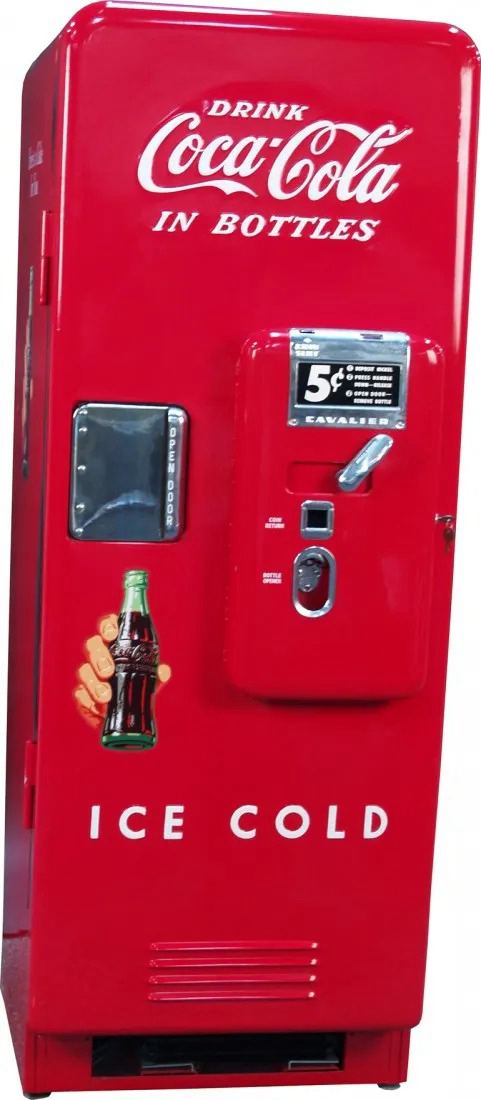
In 2011, a Cavalier coin-operated machine C-102 sold for $5,000 after an estimated price value of $4,000 – $40,000.
Although they’re not the oldest, the postwar models are the most valuable Coke vending machines because of their exquisite designs. Not only are they noticeable from a distance due to their distinctive features, but they have the most sophisticated designs.
Is it Popular?
Popular machines undoubtedly are the highest demanded styles amongst collectors, making them the most valuable. The Vendo 83 falls into that category because it broke Coca-Cola bottling co.’s sales record, and its popularity led to reproductions.
Because Vendo discontinued its manufacture in 1955, individual sellers who still had theirs repainted it to look like the newly issued multi-drink cooler’s two-toned colorway.
How much is a 1960s Coke machine worth?
1960s coke machines are Post-war models, so they aren’t worth as much as the pre-war and war designs for obvious reasons, as explained above. A rare 1960 vintage coin-operated coke machine on eBay is worth $1,295.
How much does a used Coke machine cost? (condition)
Used coke machines don’t have a fixed price, but each size has a ballpark figure you can use as a reference. On eBay, mini can fridges sell between $100 – $400, an electric cooler on Etsy sells for $850, while a Vendo machine lists at over $1,000.
Many people don’t like buying restored products, but when it comes to coca cola vending machines, there’s nothing wrong with that except the seller is hiding a deeper defect. The present condition of a coke machine is relevant when you want to use it to its full potential.
However, if you’re merely fulfilling a hobby, then that shouldn’t matter.
Once fully restored, a vending machine would work as well as a new model, and sometimes they cost the same price or more like this 2010 Vintage Westinghouse Coca-Cola machine that sold for $2,750 and this Vendo 56 10 cents model for $3,7o0.
Restoring vintage soda machines
In case you buy a faulty vintage soda machine hoping to restore it to its original glory, there are accredited companies and businesses willing to do that.
As seen in the Insiders video above, the restoration business is lucrative, and some of the experts you can employ include;
Soda Machines, The Soda Jerk Works, and Cola Machines. You can reach out via an online site or search the web for a Soda Machine Restoration company near me.
Size doesn’t always matter
A new collector’s average idea is that the bigger machine should be worth more due to its size, but with vintage coke machines, that’s far from the truth. Large coolers are often too big to fit for personal use hence their low demand and, as expected, low value.
Most designs that sell for $1,000 and above are average sizes, both standing and wide, although a mini Vendo also sold for that value last month.
Unless you’re looking for collectibles, it’s best to get a mini-fridge for personal use.
Other Coca-Cola Collectibles
Vending machines aren’t the only valuable Coca-Cola collectibles available today. Other memorabilia like pre-1940s calendars designed with handmade paintings and drawings, 1940s toys and games, War items, Vinyl records, machine decals for restoration, and more can fetch thousands of dollars.
Final Thoughts
Decals come in handy when it’s time to replace a faulty part or restore a vintage coca cola machine. Despite their collectors, vintage coca cola machines aren’t easy to access in regular shops. You need to check specialized sellers like auction houses, retail sites like eBay, and private garage or estate sales.
Always inspect the item before you buy, lest you fall prey to fraudulent sellers.
- Check the ID tag for description
- Ensure the parts are working fine
- Compare it with existing price guides and pictures on the internet.
FAQs
What is the oldest Coke machine?
Coke machines made by the Glascock Brothers are the oldest designs available since they were the first creators of the iconic vending machines.
What Coke stuff is worth money?
Like Pepsi, Coca-Cola is a household brand making its branded products worth some money to collectors. From the original prototype bottles to the iconic advertisement signs and other memorabilia. Read more on this above.
When did the first Coke machine come out?
The Glascock brothers co. from Indiana introduced the first Coke vending machine, an Icebox, in 1929. It was spacious enough to contain 72 bottles weighing 6 ounces each.
What is the first Vending Machine?
In America, Thomas Adams Gum Co.’s Tutti-Fruiti gum dispenser was the first vending machine in 1888, while in England, it was the Coin-operated stamp dispenser c. 1880.
Is there a special way to Operate a Vintage Vending Machine?
Operating a vintage vending machine is straightforward, but you can learn how to load and dispense each brand by watching YouTube videos or buying a manual online.
How can you tell how old a vending machine is?
Inspect the machine for signs of aging and read the ID tags on the body because it typically holds all the information you need. If it’s missing, compare the parts and style to that of other models made in each era. Some examples include checking for chrome paintings, top carvings, and more.
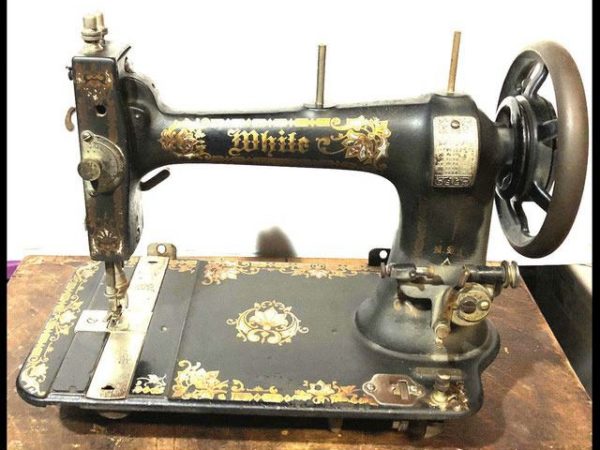

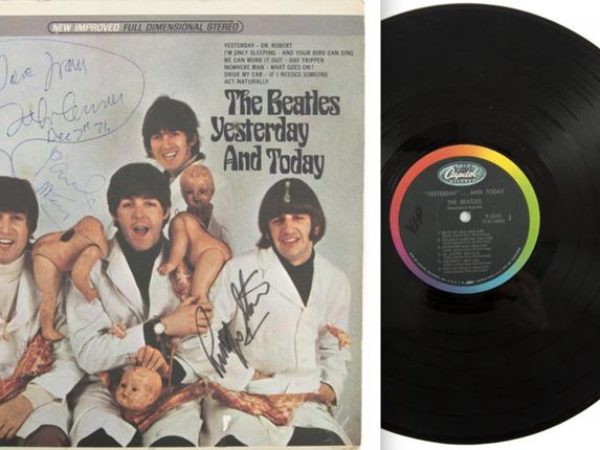

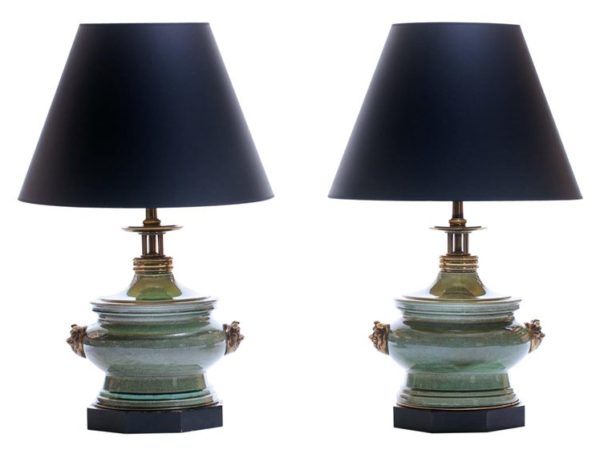
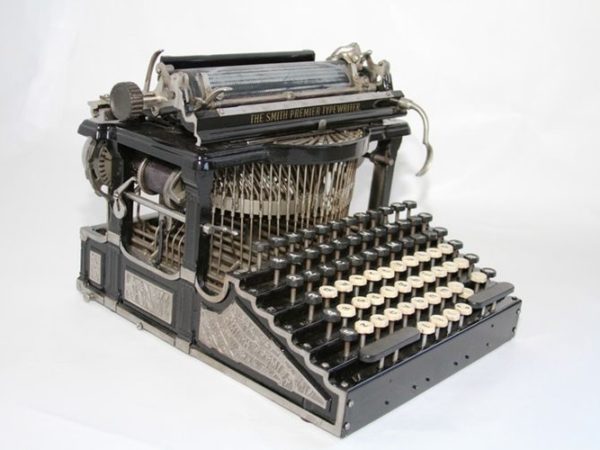
![Vintage Schwinn Bikes: [Types, Identification, and Values]](https://www.txantiquemall.com/wp-content/uploads/2022/05/5.-Schwinn-1967-Ramshorn-Fastback-Stingray-Sky-Blue-vtg-600x450.jpg)
